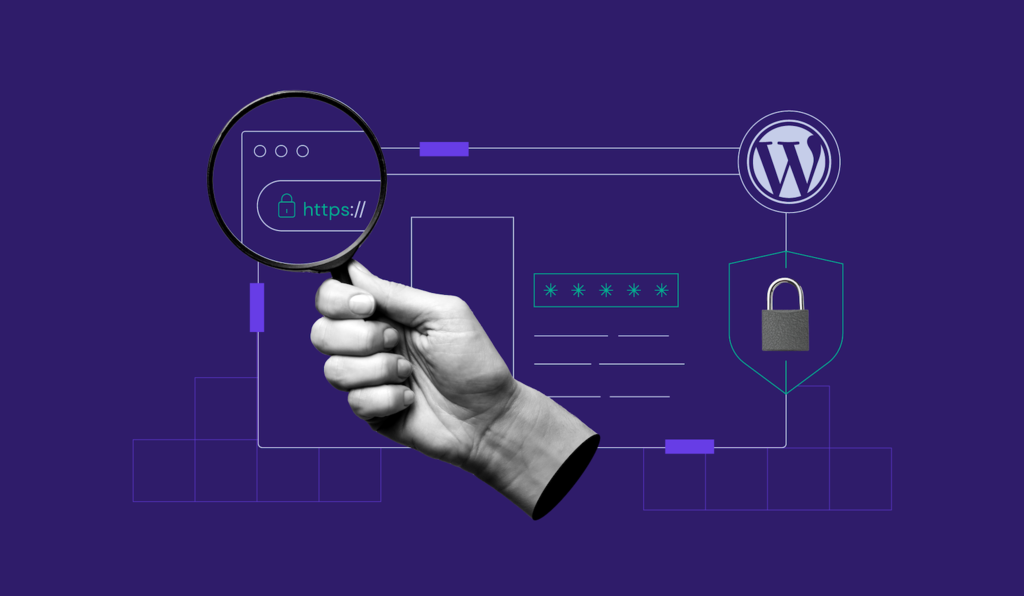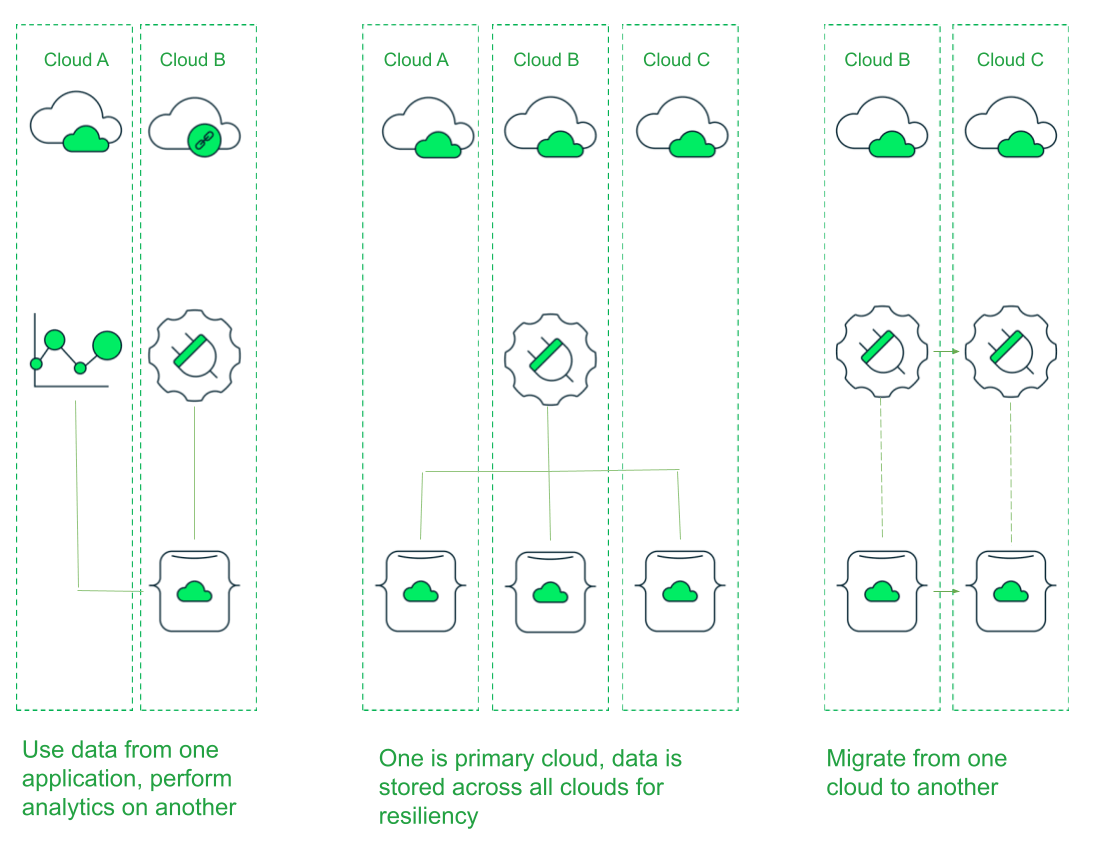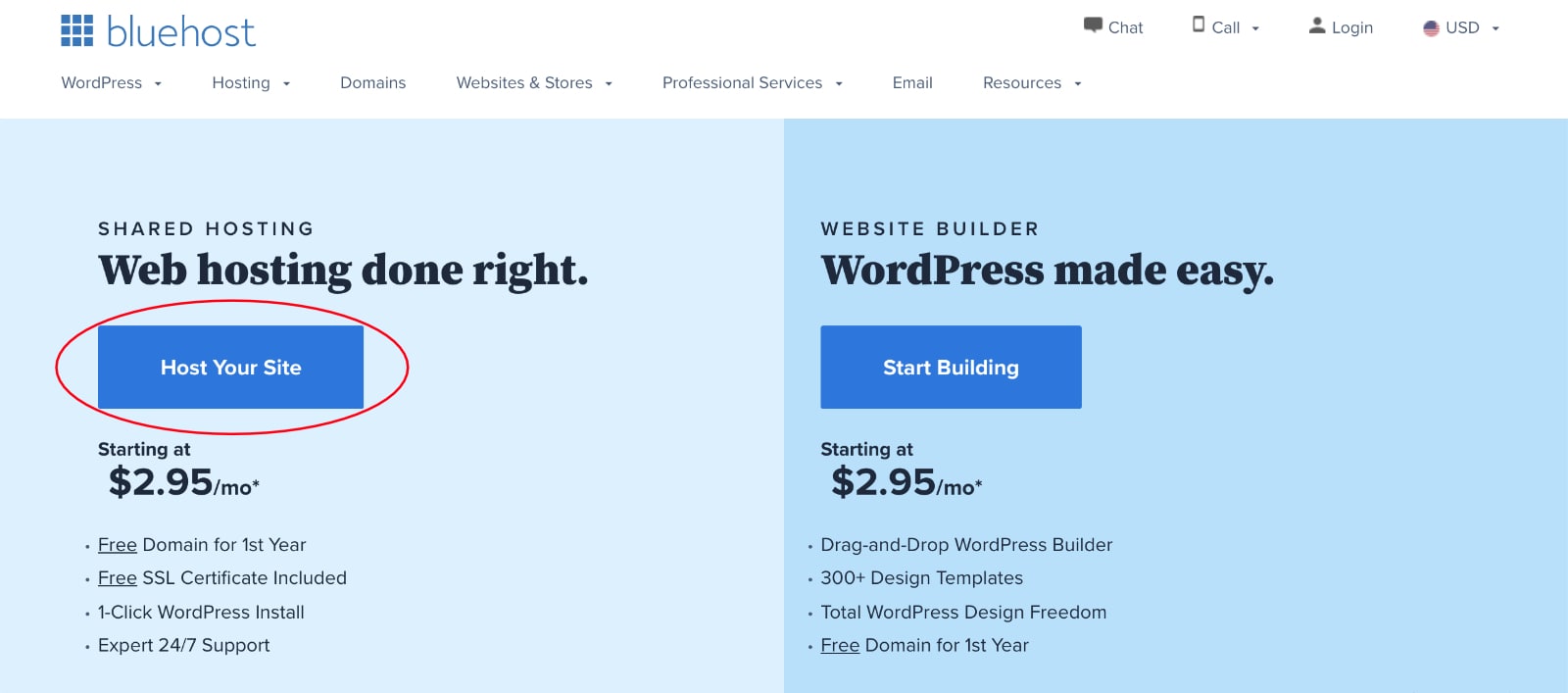
Before you move your website to a new host, you will need to complete a few steps. They include backing up the website, moving your files and changing your DNS to point to the new host.
You can achieve this by contacting the new host, and changing the domain nameservers. The process can take anywhere between a few minutes and a day depending on the speed of your new host.
After you have set up your new server, start moving the site files and databases. It can be very easy to do, depending on your site's structure. FileZilla is a good tool to use if you want to transfer static HTML websites (sites without a database).

This is necessary for dynamic sites that use databases. This can be done via phpMyAdmin or the tools available within cPanel.
Your new hosting Account
Once the transfer is completed, you must create an account on your new host. The account will let you manage and access your website using a user name and password. You can either do it from the control panels of your new hosts or contact their customer service team.
Transferring your domain
You can use this code if you have already registered your domain through DreamHost. You can find this code on the Registrar's 'Transfer Service' page or under the Domains section in the Control Panel. If not, you'll need to ask your new registrar about assistance.
Your new IPS tag
You will need the IPS tag of your new registrar if you're transferring your domain away from DreamHost. It should be located on your current registrar's "transfers" page or under your "Domains" section, under the IPS tab.

Alternatively, you can also contact the new registrar and ask them to send you your IPS tag. Clarify that this is not a change of registration but a transfer of a domain.
Testing your site
Before you officially switch your website's DNS to the new host, test it out to make sure everything works as expected. This will enable you to find any potential problems with your host. To ensure your site is working properly, you should test all internal links, menus, as well as smaller details.
Backups & databases
If you have moved your domain to a new host, you should back up all data in case it becomes unavailable. Cloudflare or Bitnami is a good way to accomplish this.
FAQ
How much does it take to build a website.
The answer to that question depends on the purpose of your website. Google Sites is a free service that may be available if you only want to publish information about yourself and your business.
You will likely need to spend more if you want to attract people to your site.
The best option is to use a Content Management System, such as WordPress. These programs let you create a website with no programming skills. This is because the sites are hosted and maintained by third-party companies. You don't have any risk of being hacked.
Squarespace, a web design service, is another option. Squarespace offers a variety plans that range from $5 per person to $100 per person, depending on what information you want to include.
Is web development difficult?
Web Development is hard but you can learn it if you are passionate about coding.
It is as easy as finding the right tools for you and following them step by step.
There are many tutorials available on YouTube and other platforms. Online software like Sublime Text and Notepad++ is also available for free.
You can also find many books in libraries and bookstores. The most widely-read books include:
O'Reilly Media's "HeadFirst HTML & CSS"
O'Reilly Media's Head First PHP and MySQL 5th Ed.
"PHP Programming for Absolute Beginners" by Packt Publishing
I hope this article was helpful.
How do I create a free website?
It all depends on the type of website you are trying to build. Do you want to sell products online? Start a blog? Build a portfolio?
It is possible to create a basic website with HTML and CSS (a combination HyperText Markup Language & Cascading Style sheetss). Although HTML and CSS are possible to create a website, most web developers recommend using WYSIWYG editors such as Frontpage or Dreamweaver.
You might consider hiring a freelance designer if you don’t know how to design websites. They will help you design a website that suits your specific needs.
A freelance developer can charge you a flat fee per project or hourly rate. It all depends on how much work they do in a set timeframe.
For example, some companies charge $50-$100 per hour. Larger projects will usually attract higher rates.
You can also find jobs on many freelance websites. You could search there first before contacting potential developers directly.
How do I design a website.
Your customers will first need to understand the purpose of your website. What do your customers want from you when they visit your website?
What issues might they be facing if they can't locate what they're looking at on your site.
After you have this information, you need to find out how to solve the problem. Also, you need to ensure that your website looks professional. It should be easy-to-use and navigate.
Your site should be extremely well designed. It shouldn't take too many seconds to load. If it takes too much time, people will not stay as long as they want. They'll leave and go elsewhere.
When you are building an eCommerce site, it is important to consider where all your products are located. Are they all in one location? Are they spread around your site?
You need to decide whether you want to sell one product at once or many different types of products. Do you want to sell just one type of product or multiple kinds?
After you've answered these questions, it is possible to start building your website.
Now it is time for you to concentrate on the technical aspect of things. How will your website work? Is it fast enough? Can they access it quickly via their computers?
Will it be possible to buy something online without paying any extra? Is it necessary for them to register before they are able to purchase anything?
These are crucial questions you should be asking yourself. When you have the answers, you can move on.
Statistics
- It's estimated that in 2022, over 2.14 billion people will purchase goods and services online. (wix.com)
- Did you know videos can boost organic search traffic to your website by 157%? (wix.com)
- It enables you to sell your music directly on your website and keep 100% of the profits. (wix.com)
- When choosing your website color scheme, a general rule is to limit yourself to three shades: one primary color (60% of the mix), one secondary color (30%), and one accent color (10%). (wix.com)
- In fact, according to Color Matters, a signature color can boost brand recognition by 80%. There's a lot of psychology behind people's perception of color, so it's important to understand how it's used with your industry. (websitebuilderexpert.com)
External Links
How To
How can I become a UI designer?
There are two paths to becoming a UI design:
-
You can also go to school and get a degree as UI Design.
-
It is possible to start a freelance career.
If you want to go through school, you'll need to attend college or university and complete four years of study. This includes business, psychology and computer science.
There are also state universities and community colleges that offer classes. Some schools offer no tuition, while some charge tuition.
After graduating, you'll need to find employment. If you are going to be working for yourself, you will need to build your client list. You should network with other professionals to let them know that you exist.
Also, you can look for internship opportunities at companies that are specialized in developing web apps. Many companies hire interns before they hire full-time staff.
You will find more jobs if you have a portfolio that showcases your work. Your work samples and details about the projects should be included in your portfolio.
It's a good idea to send your portfolio to potential employers via email.
You will need to market your services as a freelancer. You can list your services on job boards such Assure, Guru, Freelance, Guru and Upwork.
Many recruiters post job openings online and assign freelancers. These recruiters search for qualified candidates to fill positions within specific industries.
These recruiters typically provide the candidate with a project brief outlining the position's requirements.
You are not required to sign long-term contracts as a freelancer. If you are looking to make a move, however, it is advisable to negotiate an upfront payment.
Many designers prefer working directly with clients, rather than through agencies. Although this might seem like a great idea, many people lack the necessary skills.
Agency workers typically have extensive knowledge of the industry they're working in. They have access to resources and training that enable them to produce high quality work.
In addition to these benefits, agency workers usually receive a higher hourly rate.
The downside to working with an agency is that you won't have direct contact with the employer.
A UI designer must be self-motivated, creative and flexible.
Additionally, communication skills must be excellent both in written and verbal.
UI designers are responsible to design websites using user interfaces (UI) as well as visual elements.
They are also responsible for ensuring that the site meets the needs of its users.
This includes understanding the information that visitors require and how the site should function.
Wireframes can also be created by UI developers using a variety o tools. Before they begin designing, wireframing allows them to visualize the page's layout.
Wireframe templates are available online, making it easy for anyone to create their own wireframes.
Some designers are solely focused on UI design while others blend UI design and graphic design.
Graphic designers use software such as Photoshop to edit images.
Adobe InDesign is used to create layouts and pages.
Photographers capture images using digital cameras or DSLRs.
The photos are then uploaded to a photo editing software where text captions, filters and other effects can be added.
The photographer saves the image as a compatible file format for the website.
When building a website, it is essential to consider all aspects of the design process.
This includes research planning, wireframing and prototyping, as well as testing, coding, content generation, and publishing.
Research – Before starting any new project, it is important to conduct extensive research.
Planning – Once you've done your research, you will want to start developing a plan.
Wireframing is a preliminary sketch for a web page, or application.
Prototyping-Prototypes ensure that the final product matches your initial vision.
Testing - To ensure that the prototype works correctly, it should be subject to multiple rounds of testing.
Coding - The process of writing computer software code is called Coding.
Content Creation - Content creation covers everything from writing copy to managing social media accounts.
Publishing involves uploading files on a server to ensure that the site is accessible.
You will need to have a broad knowledge of different projects in order as a freelance UX/UI developer.
Some companies require only wire frames, others require complete prototypes.
Depending on which type of project you accept you might be asked to do specific tasks.
One example is that if you are hired as a wireframe designer, you might be required to create many wireframes.
You may need to develop a functional version of the site if you are hired to build a prototype.
No matter what type of project you are working on, it is important to have good interpersonal skills.
Referring freelancers is the best way to get work. It's important to establish good relationships with potential employers.
In addition, you must be able to communicate effectively both verbally and in writing.
A portfolio is an important part of any freelancer's arsenal.
It showcases your work, and demonstrates your ability deliver high-quality outcomes.
This can be done online by creating a portfolio.
The best way to get started is to find websites similar to yours.
These sites can be searched to determine which services they offer.
Once you identify what you think are the best practices, go ahead and adopt them.
It's also useful to include links from your portfolio in your resume.